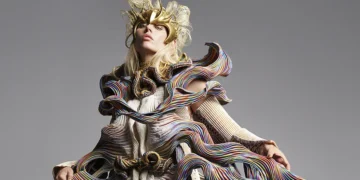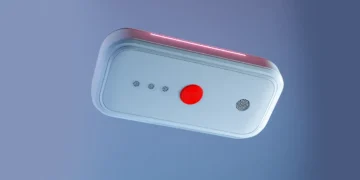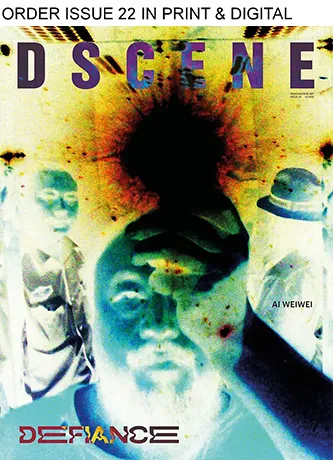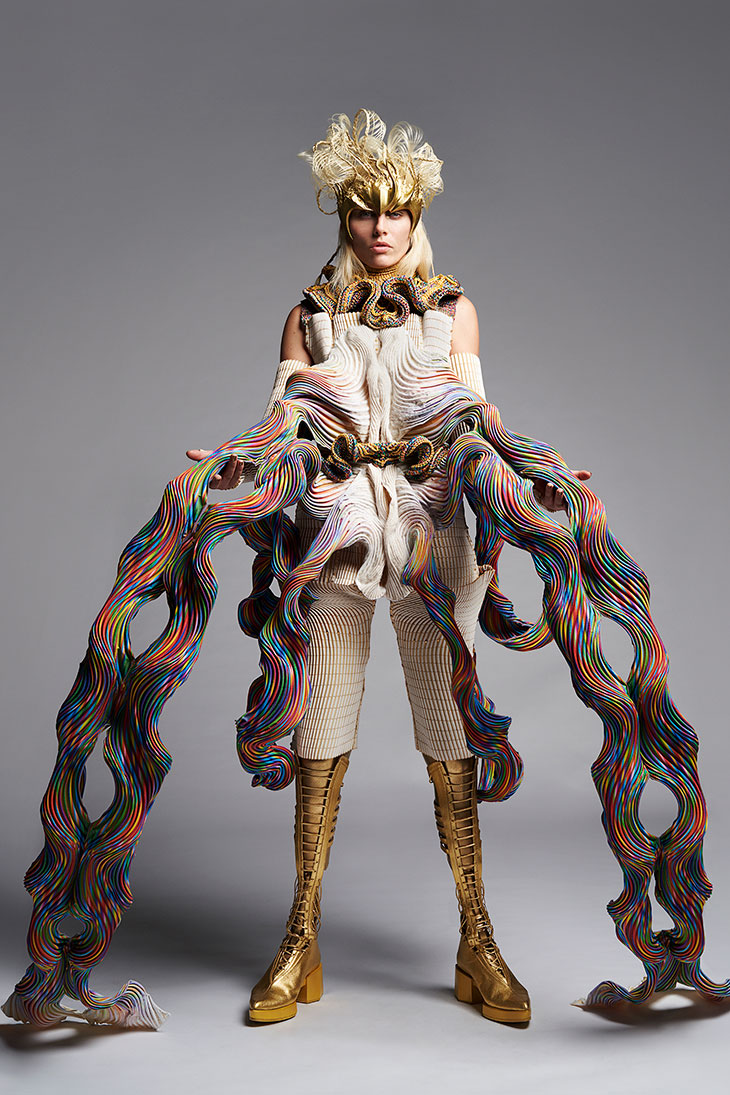
Fashion design is evolving fast, driven by a shift toward digital tools that transform how garments are conceived, developed, and presented. At the core of this transformation is 3D rendering – an increasingly essential process that enables designers to visualize, test, and refine ideas in real time. It cuts development time, reduces waste, and brings flexibility to design workflows across every stage of production.
As brands expand their digital operations, they rely on cloud-based infrastructure to support resource-heavy tasks. These systems allow teams to process complex visual data quickly, freeing them from hardware limitations and speeding up delivery timelines.
A critical component of this infrastructure is the cloud render farm, where multiple computers work together remotely to render large-scale digital assets. By offloading tasks to these external networks, designers can maintain high visual quality while avoiding local system overload – making high-speed rendering accessible even to smaller studios.
Design Accuracy and Real-Time Flexibility
Unlike traditional sketch-based design, 3D rendering simulates fabrics, silhouettes, and movement with precision. Designers can test how a material drapes, how a sleeve folds, or how color shifts under different lighting – without ever cutting fabric. Adjustments to cut, proportion, or detail can be made instantly, allowing for continuous creative development and immediate feedback between teams.
This flexibility improves communication and decision-making throughout the design process, streamlining early stages and reducing the number of costly revisions.

Speeding Up Development, Reducing Costs
Physical prototyping is both slow and expensive. Each iteration requires fabric, labor, and transport. In contrast, 3D rendering allows brands to make those same iterations digitally, with no material waste or shipping. What once took weeks can now happen in days or even hours. This acceleration is especially useful in fast fashion, where seasonal changes demand rapid production cycles.
The savings extend beyond development. Digital assets created in the design phase can also serve for e-commerce imagery, advertising, and social media. By reusing rendered visuals, brands reduce the need for traditional photoshoots and expand their marketing output with lower costs.
Supporting Sustainability Through Smarter Sampling
3D rendering directly supports more sustainable practices by reducing the need for physical samples. Each digital prototype eliminates the use of fabric, trims, and transport. With fewer material inputs and lower emissions, the environmental impact of the design process decreases significantly.
Digital tools also enable more precise planning. Designers refine every detail before physical production begins, minimizing overstock and improving inventory accuracy – two major contributors to fashion waste.
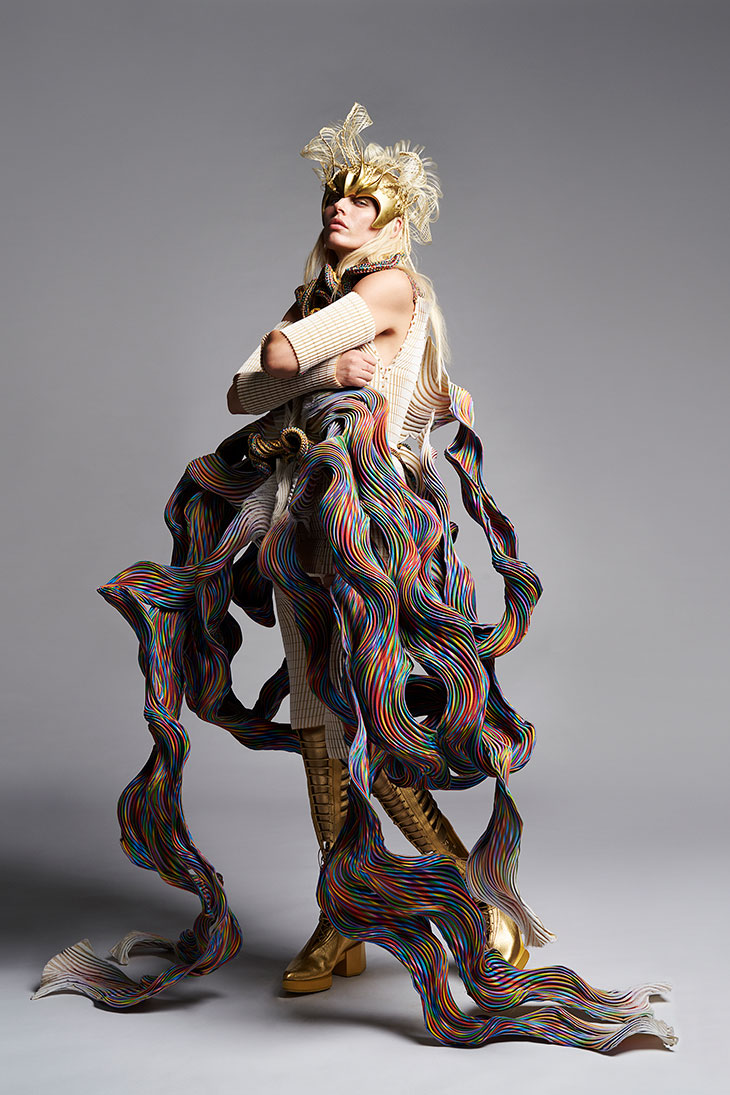
Enhancing the Digital Shopping Experience
Consumers expect detail-rich product pages when shopping online. 3D rendering enables 360-degree views, fabric zoom-ins, and augmented try-ons. These tools help shoppers understand how garments will look and behave, reducing guesswork and improving satisfaction.
Rendered visuals are consistent across platforms and adaptable to various uses – from desktop to mobile, to AR and VR environments. Strong visuals translate into stronger purchase intent and lower return rates.
Personalization and Customization at Scale
3D tools support consumer interest in personalized fashion by enabling interactive customization. Shoppers can explore different colorways, prints, and fits digitally before committing to a purchase. This level of involvement builds engagement and supports made-to-order models that reduce unsold inventory.
At the production level, brands benefit from more accurate specifications and fewer adjustments after sale – two factors that help reduce returns and improve efficiency.
Virtual Shows and Digital-First Presentations
Fashion shows have evolved beyond the physical runway. Designers now explore virtual lookbooks, CGI campaigns, and immersive presentations tailored for global viewing. These formats offer creative freedom while cutting back on the logistics, travel, and expenses tied to traditional shows.
Rendered environments can be customized to match the tone of each collection, giving designers more control over narrative and experience. These digital presentations open the door to wider audiences without added infrastructure.
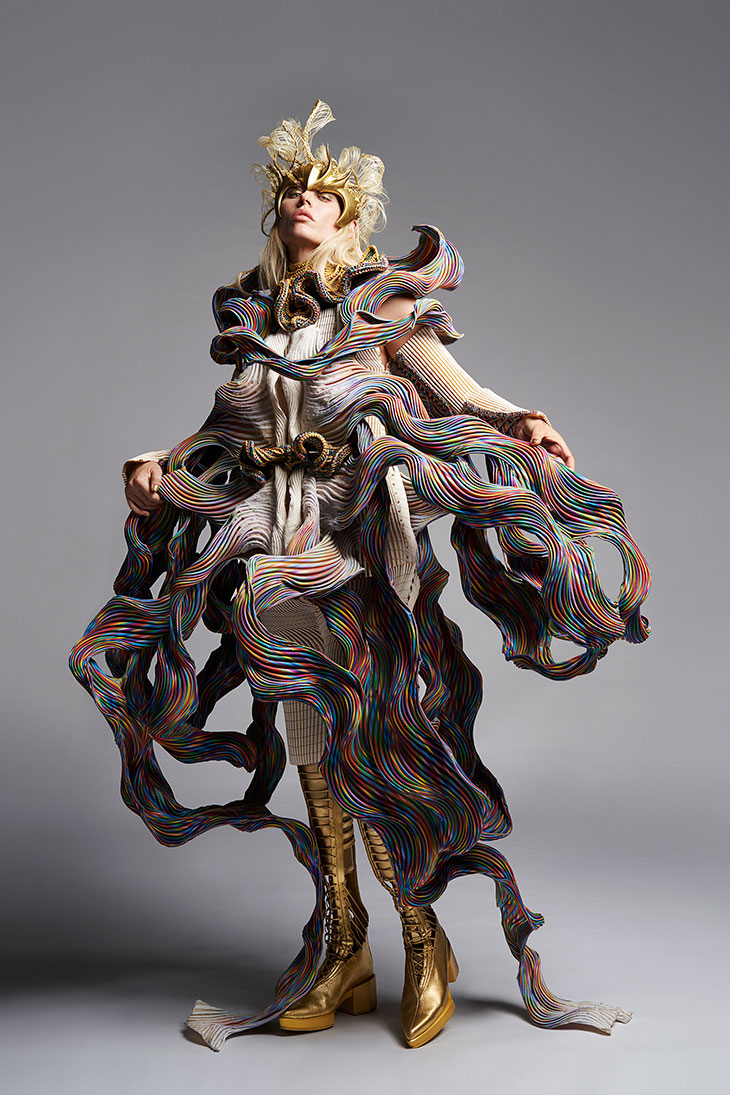
Tools and Infrastructure Driving the Shift
Platforms like CLO3D, Browzwear, and Blender power most modern fashion workflows. They provide the tools to build, test, and animate garments in realistic environments. To support the computational demands of these applications, brands rely on scalable rendering services.
Services such as RebusFarm are among the cloud render farm providers used in the fashion industry to process complex visual data and generate high-resolution assets efficiently. These tools enable teams to maintain speed and consistency without hardware limitations, supporting smooth integration of digital rendering into daily workflows.
Early Adopters Leading the Change
Brands like Balenciaga, H&M, and Tommy Hilfiger have already adopted 3D rendering in significant ways. Balenciaga’s virtual runways created immersive digital experiences during lockdowns. H&M used digital prototyping to cut fabric waste by 30 percent, proving that efficiency and creativity can work together without compromise.
These companies show how digital rendering supports both operational performance and new creative formats – offering scalable solutions that benefit large and small teams alike.
Finally, 3D rendering has shifted from an experimental tool to a core function in fashion design. It enables speed, precision, and adaptability while supporting sustainable growth. As technologies such as AI-driven design and real-time visualization evolve, digital rendering will continue to influence how fashion is produced and experienced.
Brands investing in cloud-based workflows today are laying the groundwork for more agile, creative, and efficient systems – essential traits for staying relevant in a changing market.
Images from Yuima Nakazato SS21 Couture Collection + Interview – find full article here.
